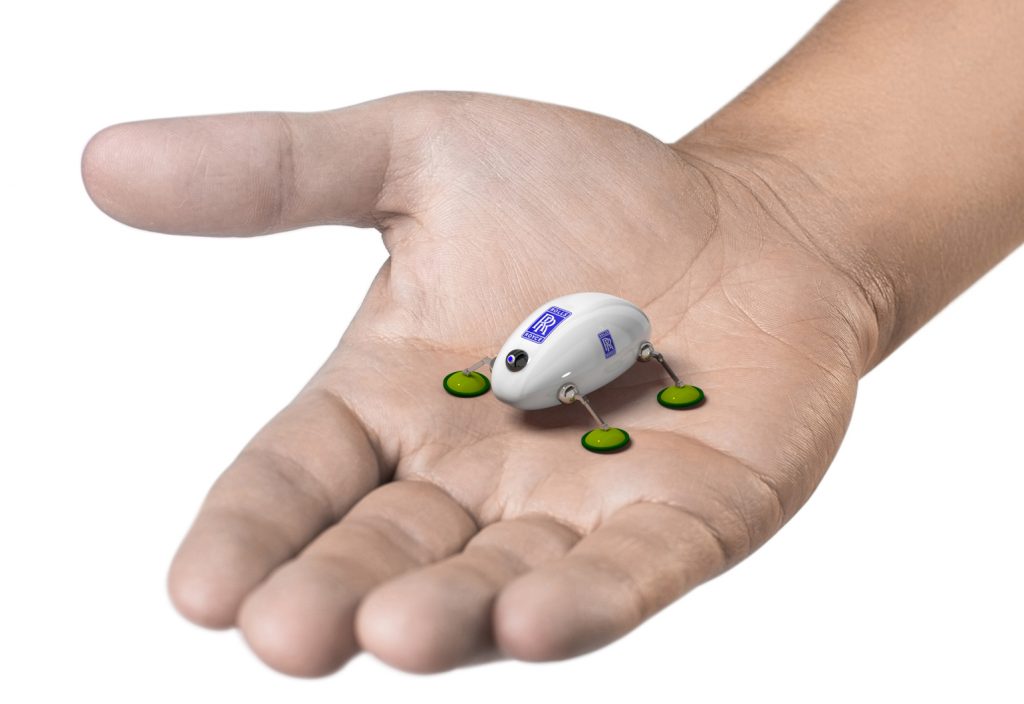Cockroaches are fast and nearly invincible, which makes them terrifying to most people. But those qualities are perfect inspiration for a swarm of engine-maintenance robots.
A swarm of cockroaches might not be the obvious solution to engine trouble. But automotive and aerospace giant Rolls Royce has teamed up with researchers at Harvard and Nottingham Universities to design collaborative ‘cockroach’ robots small enough to conduct aircraft engine maintenance in situ.
These quadrupedal microrobots have two fewer legs than the ill-favoured creepy-crawly that inspired them. But they have the ability move each of their four legs to achieve eight degrees of freedom.
“Because of this we’ve been able to achieve tasks that similar sized robots have not been able to do up until now,” said Sébastien de Rivas, a research fellow at Harvard University’s Wyss Institute, which has been working with Rolls Royce to develop the technology.
According to de Rivas, these tiny robots have the potential to carry out jobs in confined spaces where most robots are too big, or not manoeuvrable enough, to tackle.
Creepy-crawly cameras
The research team is using their partnership with the automotive and aerospace company to tailor the microbots for engine inspections (using snake robots).
At their current length of 4.5 cm – or the size of a large cockroach – the robots are not quite small enough for the job, so the team’s first task is to scale them down further. After they have achieved the required level of miniaturisation, the microbots will be fitted with appropriately-sized cameras and set loose to crawl into hard-to-reach areas of aircraft engines.
“We’ll be able to insert a certain number of them and use [their] collective behaviour to achieve inspection tasks in a much more efficient way,” de Rivas explained.
Usually, jet engines need to be removed from the aircraft body for a full visual inspection to be carried out. In time, the researchers plan to develop the robots to complete maintenance tasks and repairs while the engine remains in the plane.
According to the Rolls Royce website, the microbot technologies could reduce engine maintenance costs, increase availability and complete repairs more quickly.
“They could go off scuttling around reaching all different parts of the combustion chamber,” said James Kell, technology specialist at Rolls-Royce, according to CNBC.
“If we did it conventionally it would take us five hours; with these little robots, who knows, it might take five minutes.”
The robots have been under development for about a year, and have also been called Harvard Ambulatory MicroRobots (or HAMR).
They are powered by lithium polymer batteries, and have previously recorded speeds of 17.2 cm/s – crawling just under four of their body lengths each second.
Previous challenges have included teaching the robots to move in a straight line and integrating sensors for additional control.
Collaborating with Rolls Royce has helped the research team orient their research towards their target applications, de Rivas said.
“Working with Rolls Royce has also given us the opportunity to [work on]… answering more manufacturing questions that are linked to the tasks that we want to achieve,” he added.
